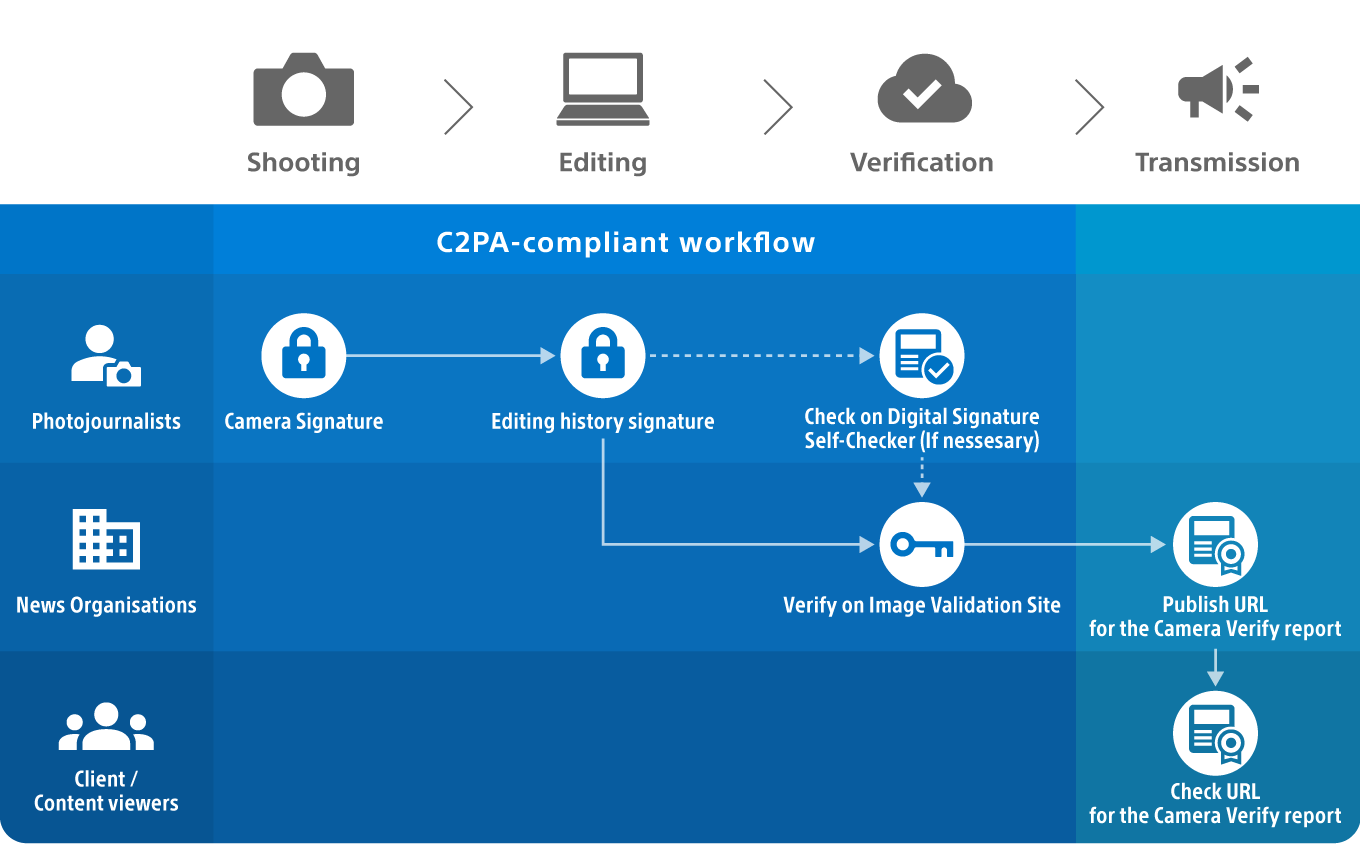NAB RF Notes
The words "broadband" and "frequency-agile" were widely used to describe TV transmitters and antennas at NAB 2004. Many of the new transmitters on display featured frequency agile exciters and broadband amplifiers, allowing their use on any channel.
Broadband antennas have been around for a while, but there seemed to be more interest in them this year. With many broadcasters uncertain of what channel they will be broadcasting on after analog is shut down, buying equipment that can easily be modified for use on different channels makes sense. In addition, the use of digital modulation techniques makes it possible for the some exciters to be used to generate either analog or digital signals. More manufacturers were showing these flexible exciters and one microwave manufacturer even used a digital modulator to generate analog microwave signals!
It was clear that recent developments in receiver technology have made VSB equal to or better than COFDM for most terrestrial DTV applications. Papers showed improvements in the new fifth generation tuners under difficult multipath conditions. While the E-VSB standard has not been finalized, improved VSB demodulators should start showing up in consumer products late this year.
I'll have a full report on RF developments at NAB in my RF Technology column in the June issue of TV Technology.
Last week I described Consumer Electronics Association President Gary Shapiro's warning to broadcasters. The Consumer Electronics Association web site has a press release, Broadcasters' Future Hinges on Digital, Says CEA President and CEO Gary Shapiro with details on Shapiro's eight-point plan for broadcasters. According to the CEA chief, "Free, over-the-air broadcasting will fade into oblivion unless broadcasters embrace their digital future, stand up for the their rights and shake off their complacency." If you didn't catch Shapiro's keynote address at NAB 2004, take a look at the press release to see what he feels broadcasters must do to survive.
In his opening address to NAB 2004, NAB President and CEO Edward Fritts described a world without broadcasting, "where all households had to pay $75 a month or more for TV entertainment, $10 a month for their radio, and $50 a month for their high-speed Internet service" and "other than the morning paper, news of the community was limited and there was no direct connection to the local community."
He continued, "Now ... imagine that a new wireless technology came along and declared: We will give you free television. We will give you free radio. We will give you free local news, free local weather reports and school closings as they happen. What's more, we will be a leading contributor to the local community. We will be as local as the bakery, the car dealership, the church or synagogue. We will volunteer billions of dollars of public service every year, and help raise hundreds of millions for charity. We will be the first responders in getting out information on local emergencies, such as tornadoes and terrorist attacks. We will even bring you emergency alerts -- called Amber Alerts -- that will save the lives of 150 kidnapped children. We will be the community's local lifeline."
What would be the reaction to this technology? Fritts exclaimed, "My friends, if this new technology called broadcasting came along today, it would be hailed as a miracle. It would be the darling of legislators and regulators. They would herald it as an amazing addition to public and political discourse. They would declare it a tremendous advance in public safety in this era of concern over homeland security." Fritts continued explaining how broadcasting might be considered differently if it were a new, developing technology. "In 2004, broadcasting's biggest issues revolve around how government balances technological forces ... with economic forces ... with the public good. When I say technological forces, I mean digital. When I say economic forces, I mean the clash of broadcast, cable and satellite. And when I say the public good, I mean us." For a summary of the issues facing broadcasters today, take a few minutes to read Fritts' opening address to NAB 2004.
The professional video industry's #1 source for news, trends and product and tech information. Sign up below.
